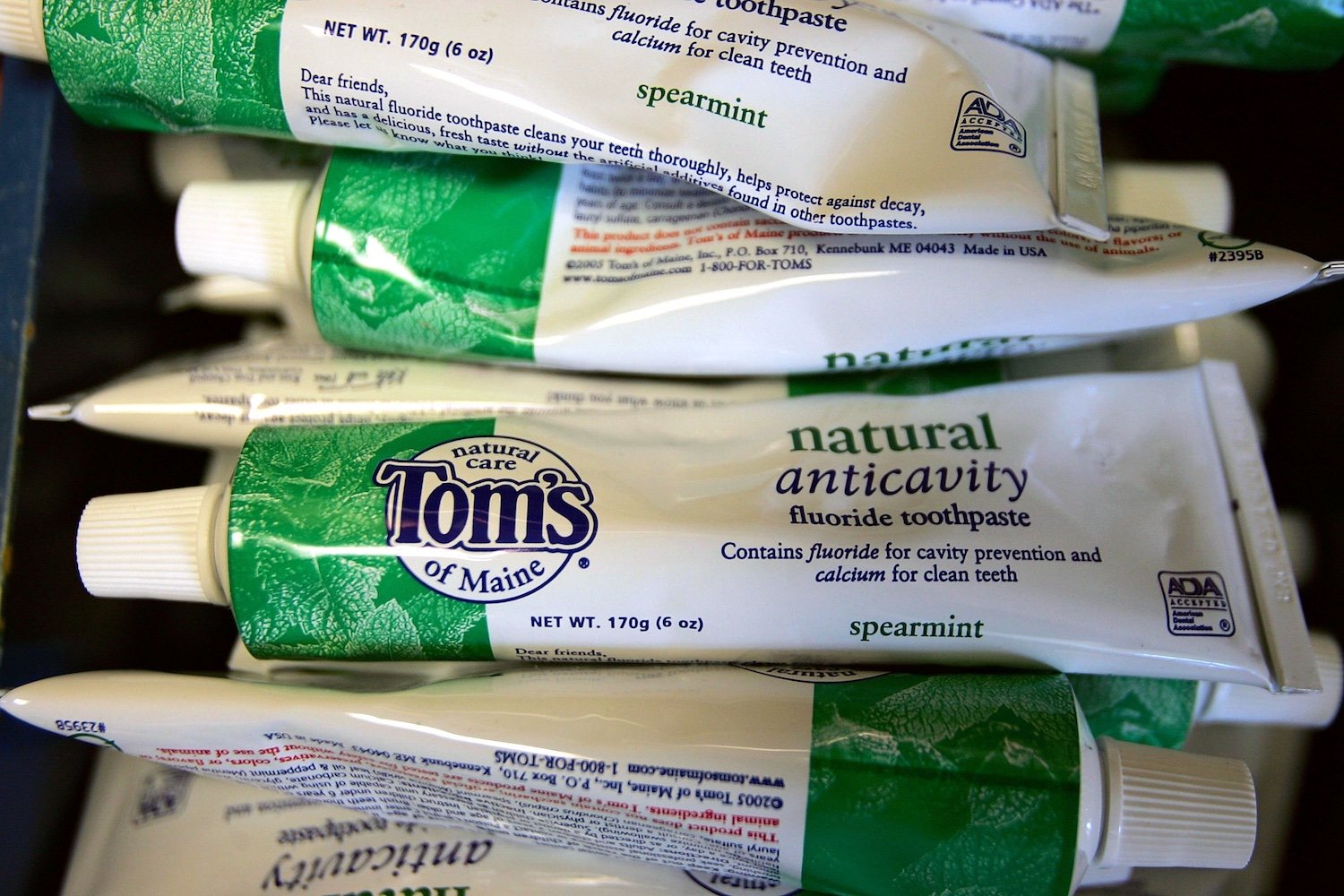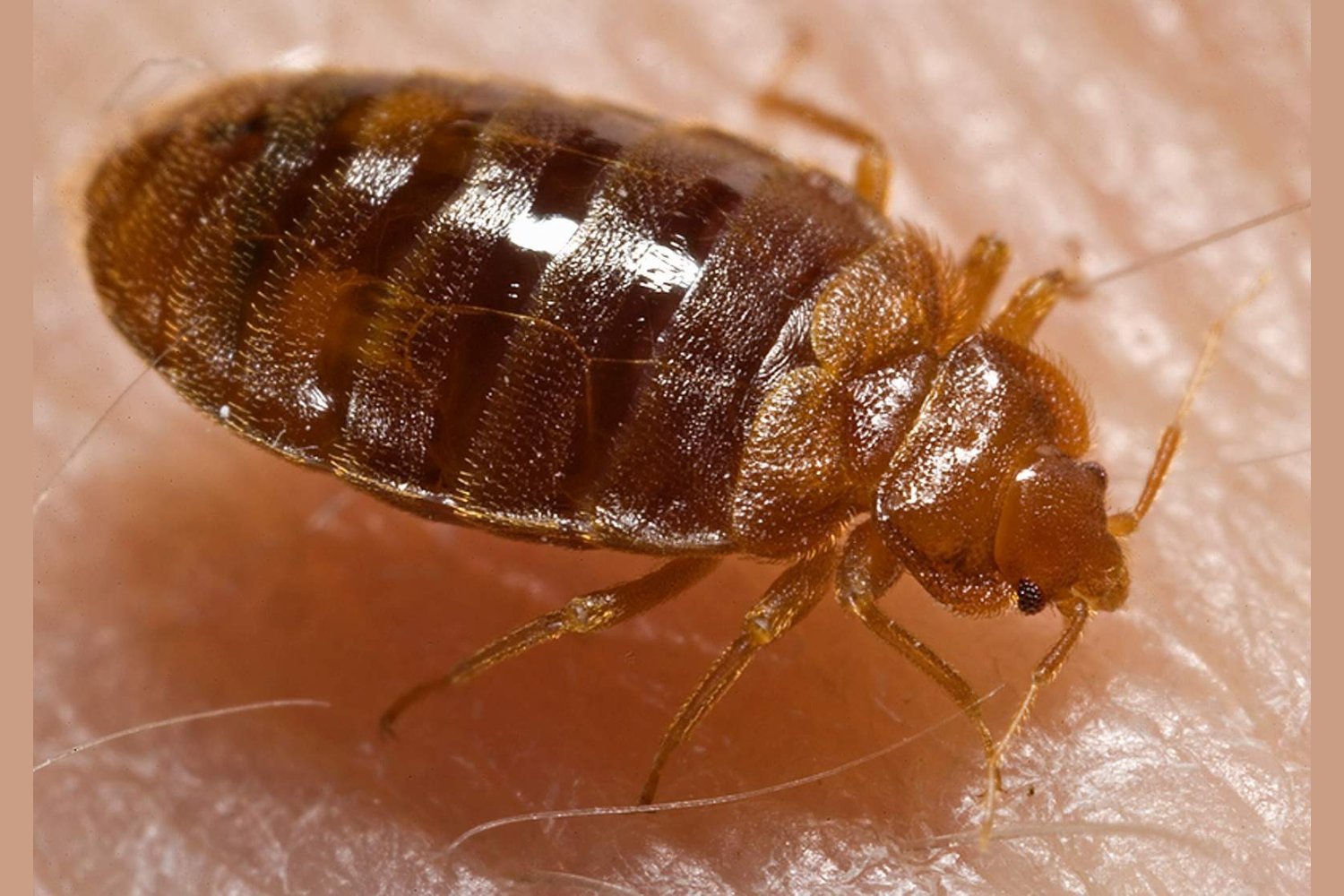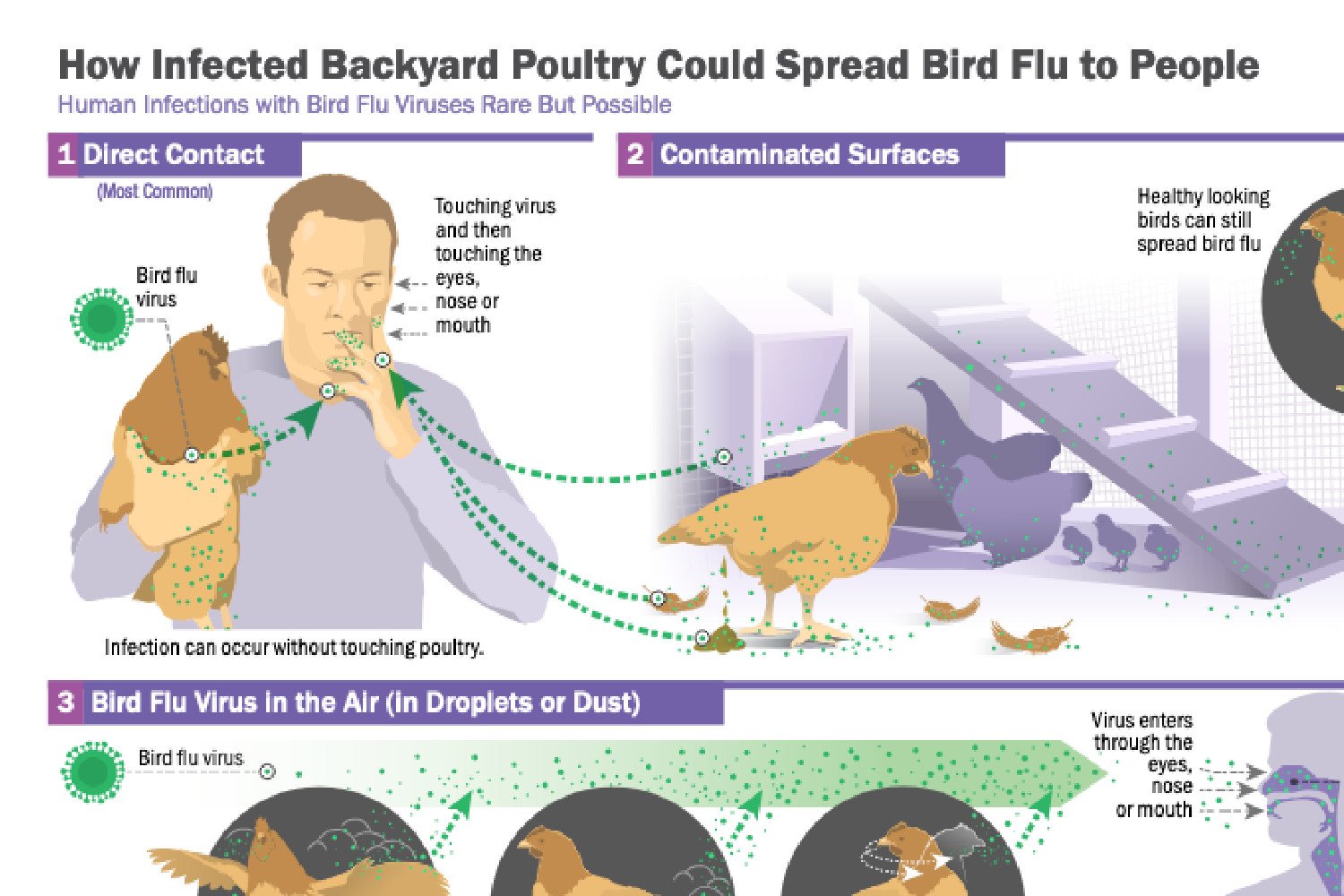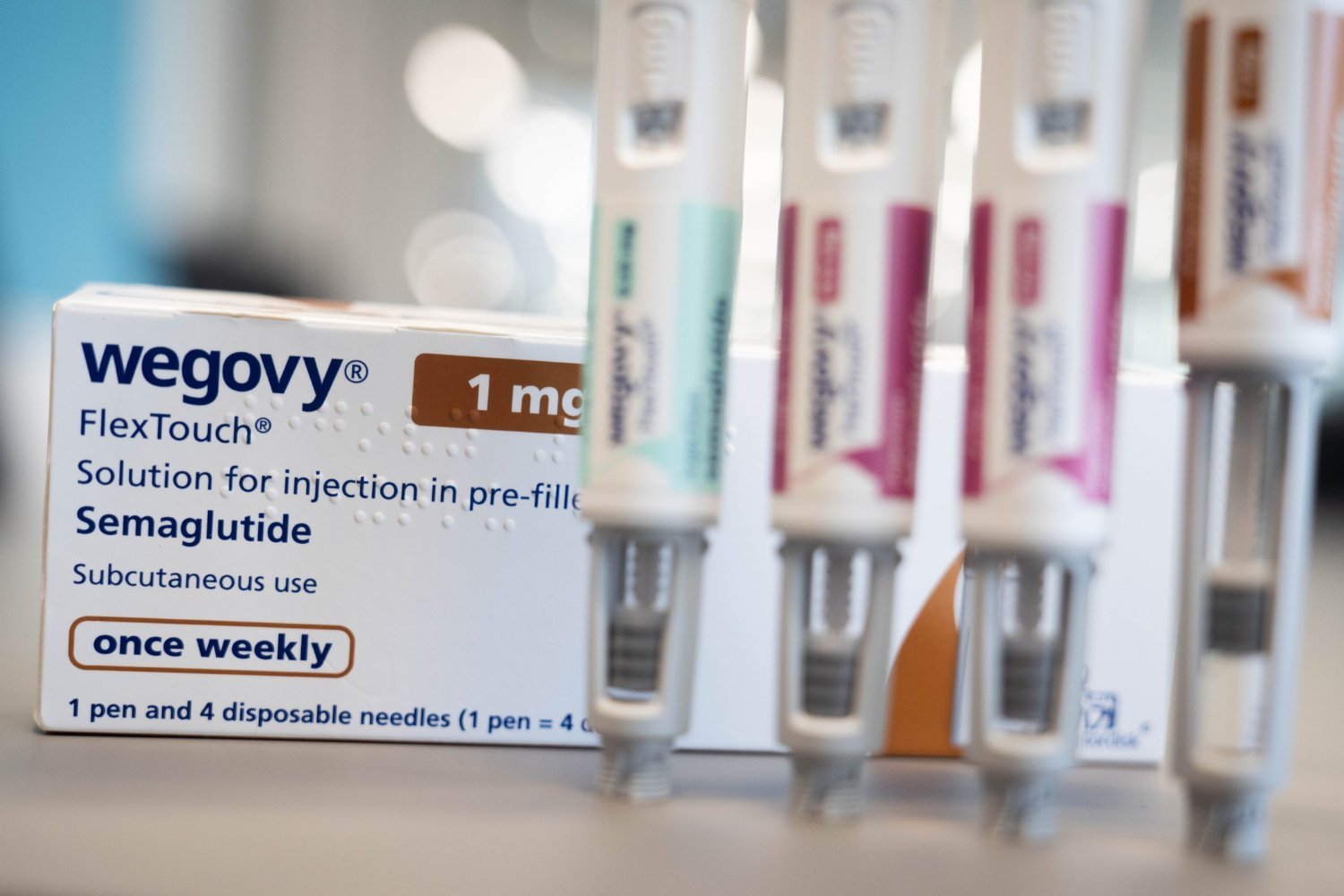Earlier this year, a study caused widespread concern, leading people to discard their black kitchen utensils due to fears of toxic chemicals. However, this alarming warning was based on a significant mathematical error.
The October study, published in Chemosphere by researchers from Toxic-Free Future and the Amsterdam Institute for Life and Environment, suggested that black plastic kitchenware leached concerning levels of a toxic fire-retardant chemical called Decabromodiphenyl ether (BDE-209). This news quickly spread online, prompting many to throw away their black spatulas and other kitchen tools. However, a Canadian chemist has identified a crucial arithmetic error in the study, significantly altering its conclusions, as initially reported by the National Post.
The Chemosphere study’s premise centered on the recycling of some black electronic waste, containing BDE-209, into household products sold in the U.S. The researchers aimed to quantify the amount of this chemical leaching from black plastic kitchenware during cooking and subsequent human absorption.
The team estimated that using such kitchenware could lead to a median daily intake of 34,700 nanograms of BDE-209. This figure exceeded previous exposure estimates and appeared alarmingly close to the U.S. Environmental Protection Agency’s (EPA) reference dose, which the researchers cited as 42,000 nanograms per day for a 60-kilogram adult.
The problem lies in the misinterpretation of the EPA’s reference dose. The actual reference dose is 7,000 nanograms per kilogram of body weight per day. The researchers incorrectly calculated this for a 60-kilogram individual, multiplying 60 by 7,000 to arrive at 42,000, instead of the correct value of 420,000 nanograms.
While the study’s core finding – the recycling of some e-waste introduces BDE-209 into U.S.-sold kitchenware – remains valid, the mathematical error significantly impacts its implications. The initial warning suggested exposure to over 80% of the EPA’s reference dose, when in reality, it’s less than 10%.
Joe Schwarcz, director of McGill University’s Office for Science and Society, who identified the error, highlighted its impact to the National Post: “I think it does change the flavour of the whole thing somewhat when you’re off by a factor of ten… All of this merits attention. But you have to do it properly, and you have to make sure your numbers are correct before you scare the pants off people.”
Megan Liu of Toxic-Free Future, a co-author of the study, acknowledged the “typo” to the National Post and stated that a correction had been submitted. She maintained that the mistake “does not impact our results,” adding, “The levels of flame retardants that we found in black plastic household items are still of high concern, and our recommendations remain the same.”
This leaves many who discarded their kitchenware based on the flawed warning questioning the necessity of their actions.











